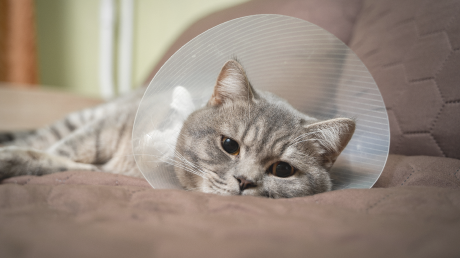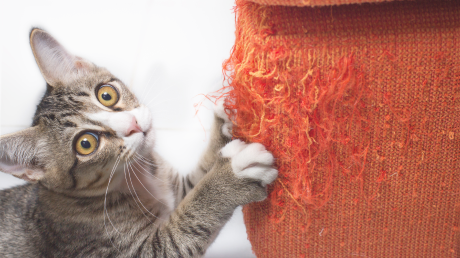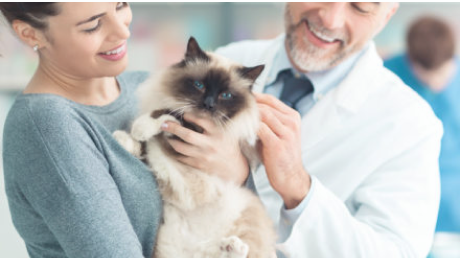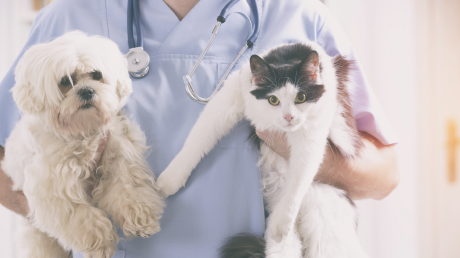Feeding vs. Fasting: Research Suggests Small Treats Prior to Anesthesia Can Outweigh the Risks
Featuring two renowned veterinary anesthesiologists—Tamara Grubb DVM, PhD, Diplomate ACVAA and Ralph C. Harvey DVM, MS, DACVAA—we talk about how pre-anesthesia practices and procedures play a role in creating Fear Free veterinary visits and how new research suggests that in many cases, we should be taking a different approach than what was once the norm. It’s been a long-held practice that when it comes to feeding vs. fasting before going under, fasting was the hands down way to go. But that’s changing.
The Role of Fear Free in Emergency, Critical Care and Internal Medicine
The fields and practices of emergency, critical care, and internal medicine are a vital part of the profession, and referral practices are often in a world of their own when it comes to many day-to-day practices. Things moves fast, patients are often in extreme amounts of pain and distress, and clients are often overwhelmed. Many professionals across all veterinary fields might ask how Fear Free can help address some of those issues. The answer is—a lot. In this podcast, we talk with us two of the most renowned board certified veterinarians in these respective fields—Dr. Alice M. Wolf, who is board certified in Internal Medicine. and Dr. Tony Johnson, a board certified veterinarian in Emergency and Critical Care—to help elaborate on the role Fear Free can play in these life-saving specialties.







